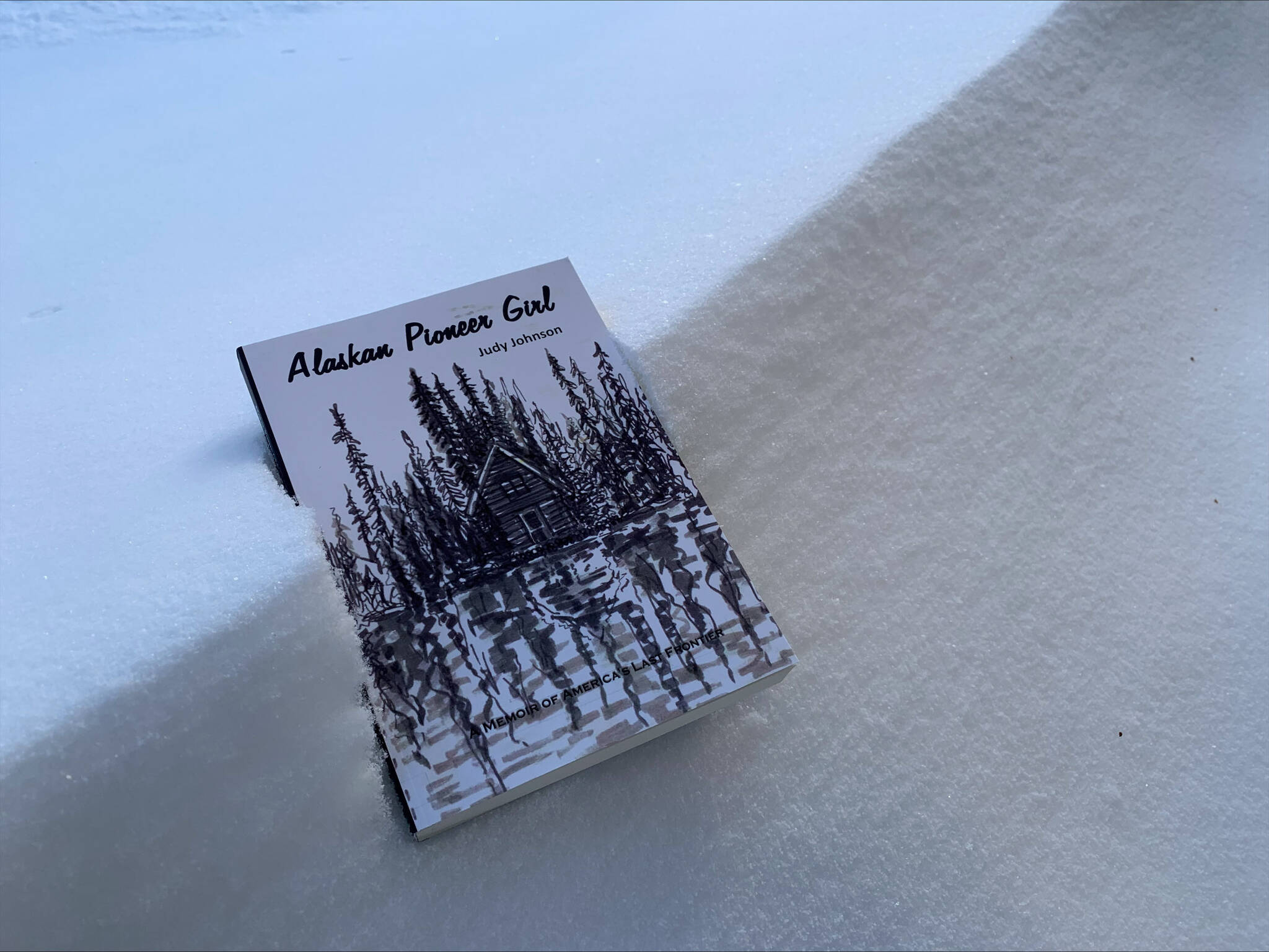I’ve always enjoyed it when people joke about the State of Alaska being a small town. It seems absurd on the surface given that Alaska boasts a total area of more than 660,000 square miles, but after living here for going on four years, I am always surprised at the number of people I run into while out and about.
As someone who grew up in a suburb of San Diego, the concept of seeing the same faces everywhere I go was a bit strange at first. I am learning though how special it can be to know a few people deeply rather than a lot of people shallowly. Every time I learn something new about someone I feel like I’ve discovered a new cog that explains how they tick.
It was while checking out at River City Books in Soldotna that I first picked up “Alaskan Pioneer Girl” — the author’s name ringing familiar to me although I couldn’t immediately place why.
“That book was written by an assembly member’s sister,” store owner Peggy Mullen told me.
No way, I thought.
Sure enough, a quick flip through the book’s roughly 250 pages revealed black and white images of Judy and her family growing up in Southcentral Alaska and homesteading on Porcupine Lake in Clam Gulch.
I don’t know Judy Johnson, but I do know her brother, Brent. I’m sure a lot of folks do — he’s president of the Kenai Peninsula Borough Assembly and is affiliated with numerous other groups by way of his fishing and history inclinations. I think it’s accurate to say that he has a reputation on the assembly for being a person who always has a historical fact or anecdote to contribute to whatever is being discussed.
It should maybe not have come as such as a surprise to me, then, to discover the high level of detail with which Judy is able to recall her childhood and early adulthood. From the clothes she wore, to the snippets of conversation she overheard, to her parents’ favorite songs, Judy conveys so much detail that the world she describes feels as rich as that of any novel.
“Alaskan Pioneer Girl” feels very vulnerable in a bildungsroman kind of way. I’m generally of the opinion that the world always has room for more stories about women by women, and I found Judy’s spunky disposition to be deeply likeable and authentic. That narrative voice, coupled with colorful characters and a wholly Alaskan backdrop made for a charming read.
Judy, for example, mourns the family move from Homer to Clam Gulch with a familiar preteen angst, worries about making and impressing friends at Tustumena School and recalls becoming a “born again Christian” while at camp to fit in better with the other girls. It’s endearing in a way reminiscent of “Are You There, God? It’s me, Margaret.”
There are also snapshots of Kenai Peninsula in the 1960s and 1970s that are fun and sometimes novel to imagine, such as her sister singing in Swedish at the Homer Winter Carnival pageant, offhand comments about the trip to Anchorage taking upward of six hours and the family’s team effort to insulate their cabin with sawdust.
Nearly every chapter ends with one or more Johnson family recipes, from “Mom’s Lopsided Baguette” to “Gail’s Cranberry Marmalade,” that are described in the chapter; each is an invitation to experience the story in a richer way. It was sometimes only when I’d come upon a name I recognized that I remembered that the book is a memoir.
“Alaskan Pioneer Girl” is an engaging window into what life on the central peninsula looked like in the second half of the 20th century, made all the more special knowing that we’re all, kind of, living in the next chapters.
“Alaskan Pioneer Girl” was published in 2022 by TSL Publications.
Reach reporter Ashlyn O’Hara at ashlyn.ohara@peninsulaclarion.com.
Off the Shelf is a bimonthly literature column written by the staff of the Peninsula Clarion.


